Agentic AI, satellite internet, self-driving cars and humanoid robots are forecasted to continue to be prominent technology trends and shape the world in 2025.
In recent years, the rapid development of technology has not only reshaped industries and social structures but also changed the very nature of human existence. The pace of technological innovation shows no signs of slowing down and 2025 promises to be a year of even more breakthroughs.
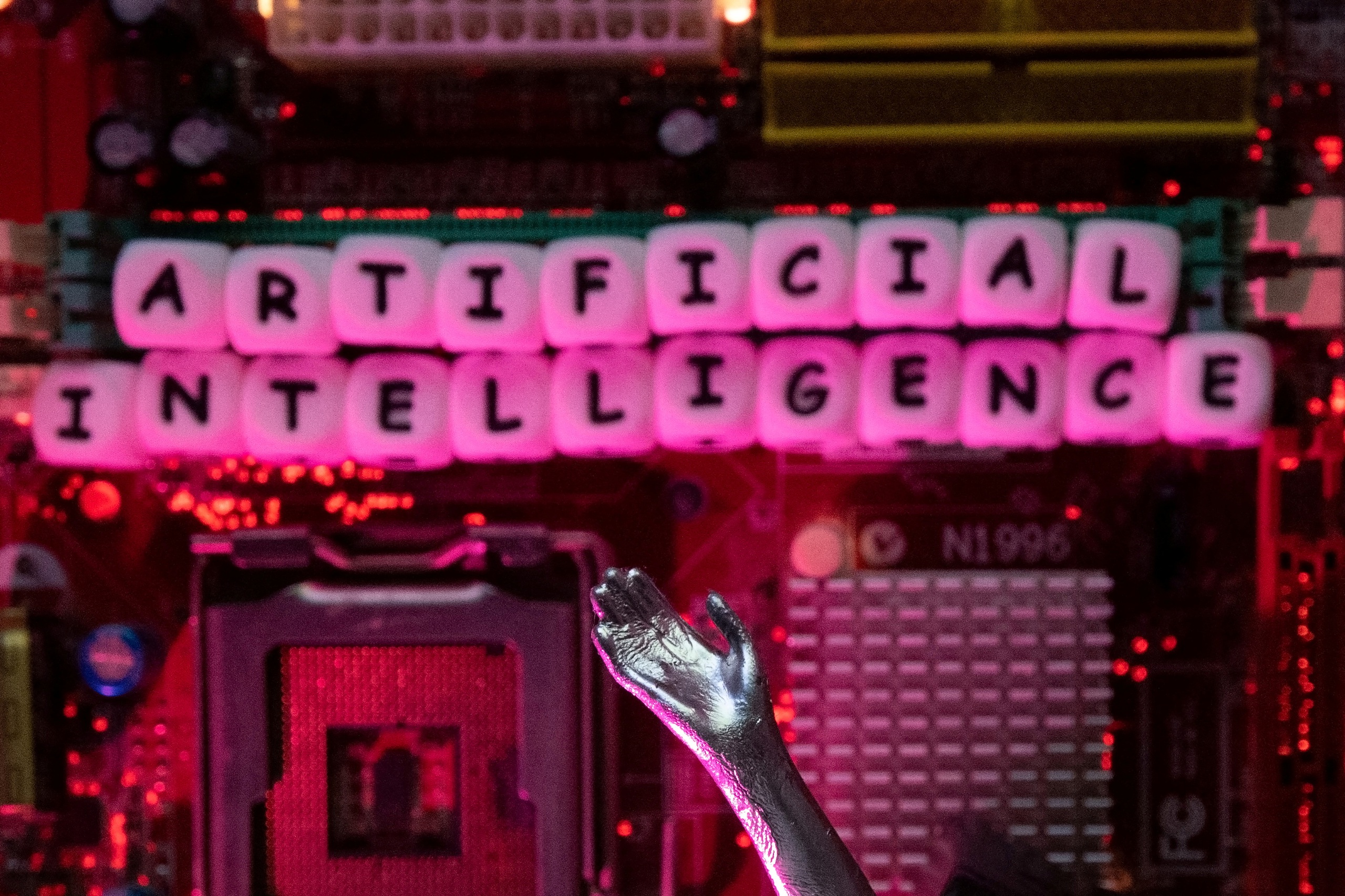
Agentic AI will be one of the technologies shaping the world in 2025
Quickly accessing and adapting to these technology trends will help groups and individuals position themselves for development and create competitive advantages in the future. Below, we will explore 4 technology trends that are poised to reshape the world and impact our lives in different ways by 2025.
1. Agentic AI penetrates life
Artificial intelligence (AI) technology is currently developing at a dizzying speed. As generative AI is gradually becoming familiar, a new concept has emerged: Agentic AI. This advanced technology is not only a new term in the industry but also a breakthrough, promising to change the way AI is applied in many areas of life, according to the website Advanced Television .
By 2025, AI will not only be a tool, but also a collaborator. Many AI-powered tools in use today rely on rules or static data sets. AI agents can continuously learn from user inputs and incorporate contextual information. AI agents can then make decisions on their own with little or no human supervision or intervention.
In addition, AI agents have the potential to revolutionize the way businesses handle day-to-day operations. They can automate supply chain management, optimize inventory, forecast demand, and handle complex logistics plans. By processing massive amounts of data and making real-time decisions, they can significantly improve operational efficiency and reduce costs for businesses.
Dr. Thomas King, CTO of German Internet network center operator De-Cix, commented: "Creating smart value requires equally smart technologies. AI not only supports smarter network management, but also supports excellent operations in all areas of the telecommunications industry. From network optimization to energy efficiency, fraud detection and customer service, smart solutions can improve every business process."
While the promise of AI agents is great, they also pose potential challenges. There are ethical considerations, privacy, data security, bias, and ensuring these systems make decisions that align with human values. Therefore, it is important to ensure that AI agents do not harm or manipulate certain groups or markets.
Another issue that cannot be overlooked is the potential impact of AI agents on the job market. While the technology promises to create new opportunities and increase productivity, it could also displace certain jobs, requiring the workforce to reskill and upgrade to avoid being eliminated.
2. Hot internet race satellite
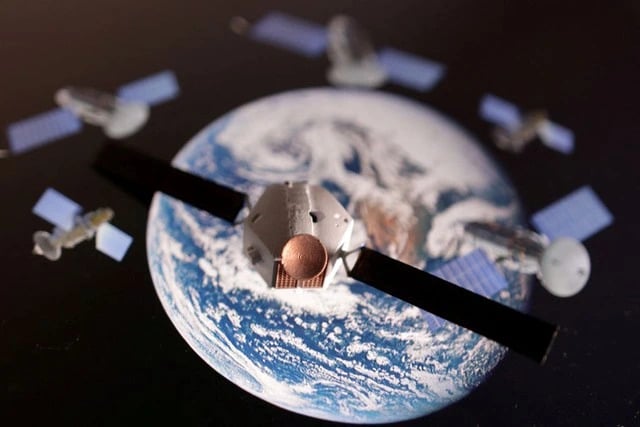
Model of a satellite in Earth orbit
The race for global satellite internet dominance is hotter than ever. Satellite internet has been a game changer for today’s connectivity and network availability. Satellites in low Earth orbit (LEO) will soon provide people with ubiquitous connectivity without the need for smartphones or existing internet infrastructure.
"Satellite transmission technology offers new hope from space for billions of people currently disadvantaged by limited or no internet access. That's why 2025 will see the space internet race heat up," said De-Cix CEO Ivo Ivanov.
With an early start, the US now has a significant lead in the number of satellites in orbit. According to Reuters, SpaceX's Starlink is the world's largest and most valuable broadband satellite internet network, with strong coverage thanks to 5,200 active satellites out of more than 6,000 launched into LEO.
Not to be outdone, China is aiming for a scale of about 50,000 satellites across its four LEO internet projects, including the 14,000-satellite Tianfan project, the 12,992-satellite constellation of China Satellite Network, the 10,000-satellite constellation of Lanjian Aerospace, and the 13,000-satellite constellation of Guowang. In addition to the two superpowers, India, Russia, and other European countries are also making efforts to join the satellite internet race.
According to the Global Times , Mr. Zhang Rui, a member of the China Market Research Association, assessed: "The future of satellite internet will likely witness fierce competition between the US, China, the European Union and Russia. These are the only major economies with integrated capabilities in satellite manufacturing, launch, ground equipment and operational services."
3. Self-driving cars are popular on the streets
According to the website Medium , the self-driving car industry is on the verge of explosive growth, with the market predicted to exceed $400 billion by 2035. Companies such as Tesla (USA), Honda (Japan), Mercedes-Benz (Germany), Baidu and Didi Chuxing (China)... are making constant efforts to develop self-driving cars. Therefore, 2025 may witness a significant acceleration in this race.

A Tesla self-driving car appeared in Los Angeles, California (USA) on October 10, 2024
One of the key factors driving this growth is AI-driven advances in machine learning and computer vision, which allow vehicles to navigate complex environments with little or no human intervention. If widespread, self-driving cars could play a major role in addressing road safety, reducing traffic congestion and reducing emissions.
These innovations will play a key role in advancing autonomous technology, shaping the future driving experience and ushering in a new era of smarter and more connected mobility.
Billionaire Elon Musk, CEO of electric car company Tesla (USA), once shared that we are only a few years away from fully autonomous technology. "You can fall asleep and wake up at your destination," according to The New York Times , quoting Mr. Musk in October 2024.
Although self-driving cars have made great strides, to make them popular on the streets, they need to overcome technical, legal, social and economic challenges. In addition, building trust from users and ensuring safety in all situations is also a decisive factor for the success of this technology.
4. Humanoid robots are common in factories and households
According to Advanced Television, humanoid robots have made great strides. The global market size for humanoid robots is forecast to reach nearly $10 billion by 2030. They are expected to be common in households and workplaces by 2025.
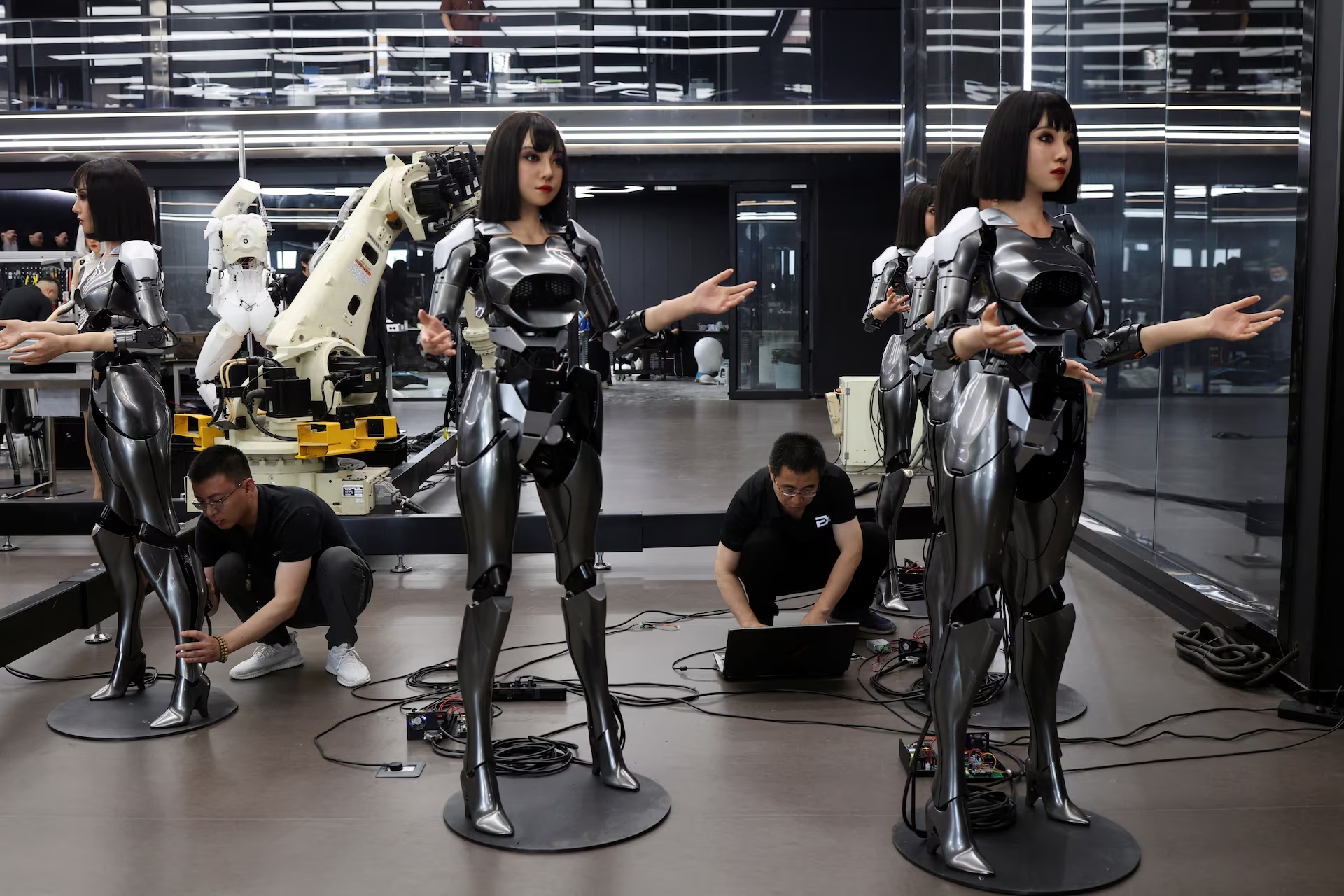
Humanoid robots at an office in Dalian, Liaoning province (China) on June 6, 2024
Compared to industrial robots that can only perform one task, humanoid robots can move and work alongside humans with basic operations such as carrying, assembling, selecting objects to move... Often integrating AI technology, robots are easy to program and adjust to perform many types of tasks, suitable for business environments as well as for home use.
“Along with the ability to learn from humans, the ability to download new skills from the cloud or share them between different robots would greatly increase the flexibility and usability of robots,” said Dr. Thomas King.
In 2024, many manufacturers are testing and competing fiercely to soon have commercial products. Humanoid robots are expected to be mass produced in China in 2025, the US and Europe in 2026, according to Advanced Television.
Source: https://thanhnien.vn/4-xu-huong-cong-nghe-co-the-dinh-hinh-the-gioi-2025-18524122609374768.htm


![[Photo] Solemn opening of the 12th Military Party Congress for the 2025-2030 term](https://vphoto.vietnam.vn/thumb/1200x675/vietnam/resource/IMAGE/2025/9/30/2cd383b3130d41a1a4b5ace0d5eb989d)
![[Photo] Panorama of the cable-stayed bridge, the final bottleneck of the Ben Luc-Long Thanh expressway](https://vphoto.vietnam.vn/thumb/1200x675/vietnam/resource/IMAGE/2025/9/30/391fdf21025541d6b2f092e49a17243f)

![[Photo] President Luong Cuong receives President of the Cuban National Assembly Esteban Lazo Hernandez](https://vphoto.vietnam.vn/thumb/1200x675/vietnam/resource/IMAGE/2025/9/30/4d38932911c24f6ea1936252bd5427fa)
![[Photo] General Secretary To Lam, Secretary of the Central Military Commission attends the 12th Party Congress of the Army](https://vphoto.vietnam.vn/thumb/1200x675/vietnam/resource/IMAGE/2025/9/30/9b63aaa37ddb472ead84e3870a8ae825)
![[Photo] The 1st Congress of Phu Tho Provincial Party Committee, term 2025-2030](https://vphoto.vietnam.vn/thumb/1200x675/vietnam/resource/IMAGE/2025/9/30/1507da06216649bba8a1ce6251816820)
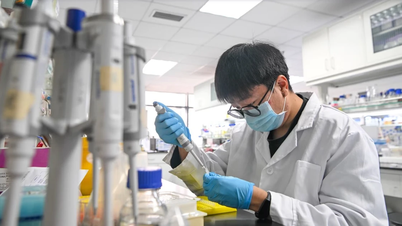













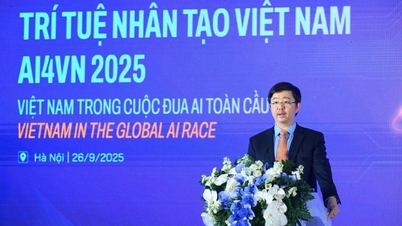









































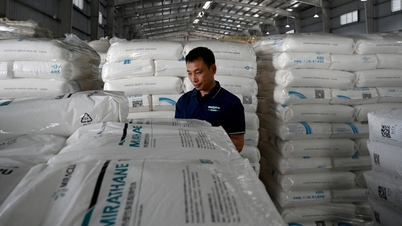



















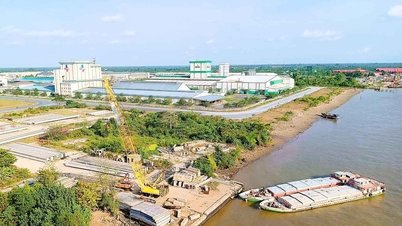


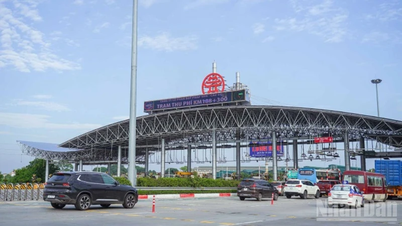















Comment (0)